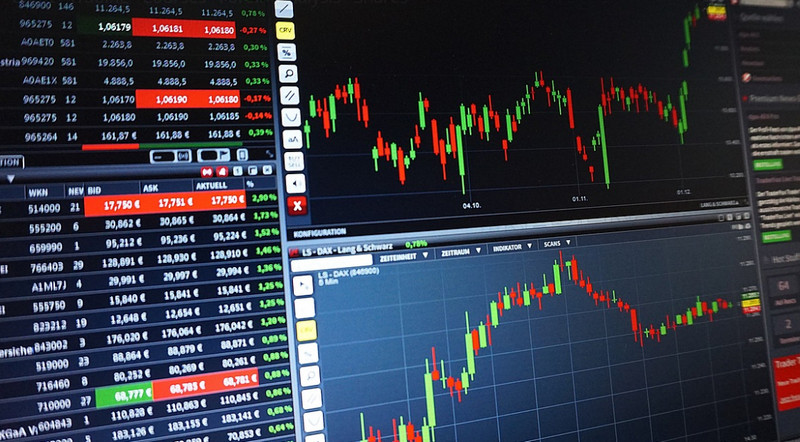When weighing the potential reward of a security, investors sometimes look at its past volatility to get a sense of the level of risk involved in making a future investment. In order to quantify volatility, several alternative metrics can be utilized, and every trader has their own preference. An investor’s success can be enhanced by a thorough familiarity with volatility and the factors that influence it.
When the price of a stock remains relatively stable over time, we say that it has low volatility. High volatility in a store’s stock can be seen as risky, but it can go either way. An investor’s odds of success or failure are increased when buying a security with a reputation for extreme volatility. This is why many high-risk traders utilize a variety of volatility indices as part of their decision-making process.
There will always be volatility in the price of any stock. Differences in value over time can be classified as “low” or “high,” with “high volatility” referring to more dramatic swings in price. Due to the high risk of loss and the short time until retirement, investors nearing retirement age should avoid investing in equities with high volatility. While it is possible to profit from turbulent companies, and some volatility is acceptable provided that the overall returns are sufficient to warrant it, most investors would be better off looking for equities with a history of continuous positive returns and relatively low levels of volatility. Finding stocks with minimal volatility is not always easy. Although challenging, it is doable with knowledge of volatility and its potential quantification.
It is not always easy to determine the degree of volatility of a stock. While it is possible to analyze the rise and fall of a stock price, doing so out of context renders the data only modestly relevant. Consider the market as a whole and the volatility of other stocks in the same industry as a whole to get a better grasp on volatility. As a result, your analysis will be better grounded. Beta is a statistic that helps investors get a clear, impartial picture of a company’s volatility.
Most commonly, the S&P 500, a ranking of the 500 largest publicly traded companies in the United States, is used as a benchmark against which the beta statistic of a firm can be interpreted. A score of 1 implies that the stock price follows the S&P 500 index very closely. Given its “1.25” volatility measure, it is assumed to be 25% more unstable than the index. Most online brokerages will have company-specific beta available on their sites, but you should also look for sector-specific beta.
Even in relation to the stock market, there are some industries and markets that are inherently more steady than others. For instance, the volatility of technology stocks is typically higher than that of utility companies. The consumer staples market is often cited by economists and stock market experts as an example of a market with low volatility and strong returns. Businesses in this economic sector provide items that people need on a regular basis, such as foodstuffs, drinks, and home furnishings. Because of the indispensable nature of these products, demand for them, as well as their manufacturers’ profits and stock prices, are reliably stable.
Some stocks have, on average, produced positive returns over several years with little to no volatility in their prices. Many of these companies have been around for quite some time and have earned a prominent position as leaders in their fields.
Exchange-traded funds (ETFs) and mutual funds provide convenient access to low-volatility assets without requiring you to devote a lot of time and energy to research and asset identification. Investments in these funds are limited to those considered to have a low level of risk. Mutual funds with a low level of volatility invest in stocks that have historically seen less volatility than the market as a whole. Dividend-paying companies are a focus for several low-volatility ETFs. Whether or not these ETFs consistently beat the market as a whole is a matter of debate. Despite this, they may be an excellent addition to a diversified investing portfolio, especially during periods of extreme stock market volatility.
To address this issue, it’s crucial to keep in mind that the expected rate of return from low-volatility shares is often lower because of the reduced likelihood of price swings. But, adopting the mindset of a long-term investor isn’t necessarily the worst thing to do unless you are trading, which is the rapid purchasing and selling of stocks for instant profits.
Hedging tactics can help reduce the impact of price volatility on a portfolio, but some investors actually seek out price fluctuations in the hopes of making a profit. Day traders choose high-volatility equities because they allow them to enter and exit the market on more frequent occasions when prices make large fluctuations. Conversely, long-term investors who intend to buy and hold for a while tend to want low volatility in exchange for steady, gradual gains. Investors worry more about the market falling when volatility increases.






